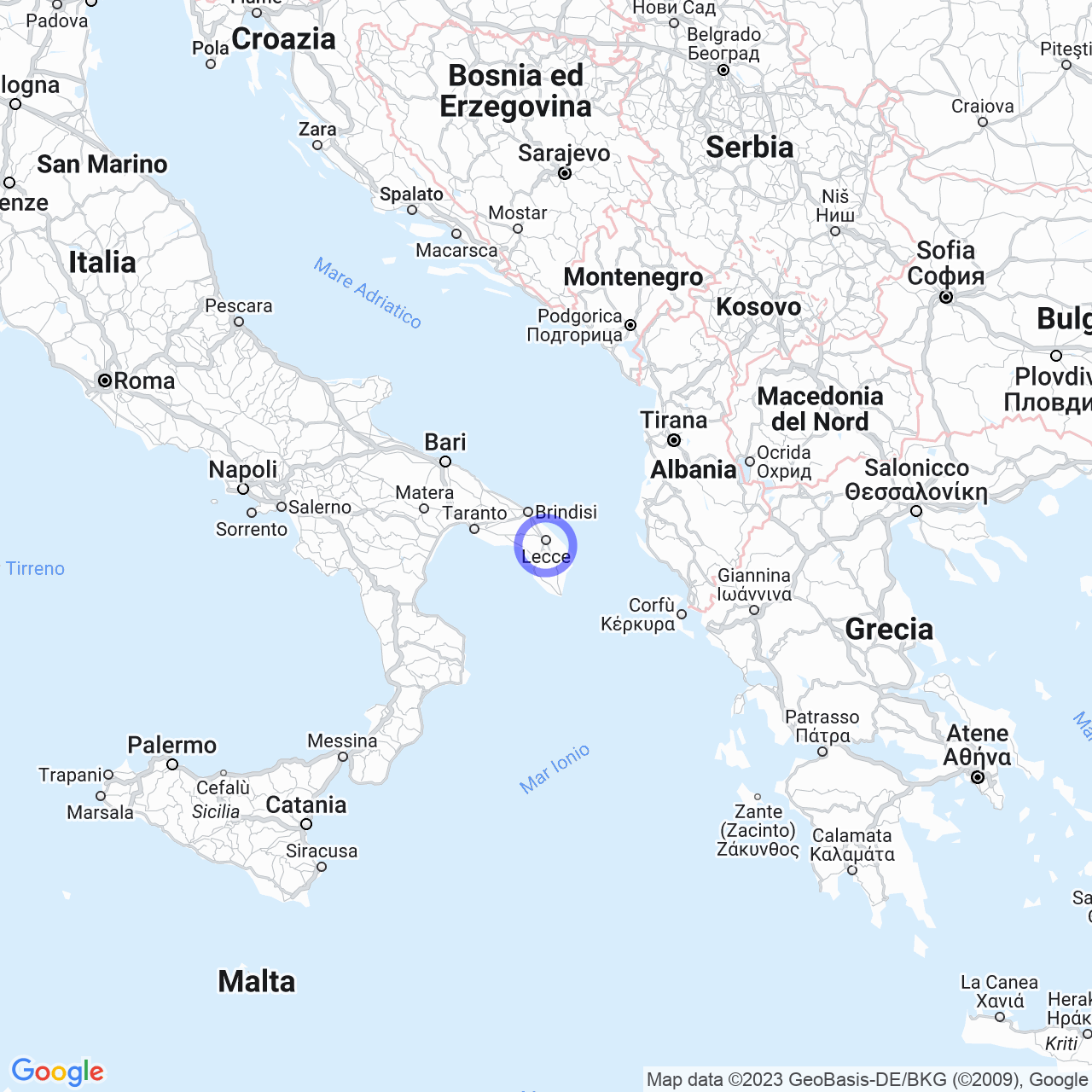San Cesario di Lecce
Welcome to San Cesario di Lecce: the pearl of Salento
Hello everyone! Today I will be talking about San Cesario di Lecce, a municipality in central-northern Salento that is part of the province of Lecce. San Cesario di Lecce is not just a passing-through place, but a pearl to discover! With its picturesque landscapes, untouched nature, and cultural richness, it will leave you speechless.
Let's discover the physical geography
The municipal territory extends over an area of more than 14 km², including the hamlet of Aria Sana, an area characterized by a predominantly flat morphology with a maximum altitude of only 55 meters. It is located in the Cupa Valley, an area that surrounds the capital of Lecce and is characterized by a large karstic depression. The municipality borders Lecce to the north, Cavallino to the east, San Donato di Lecce to the south, and Lequile to the west.
From a climatic point of view, San Cesario di Lecce is located in the climatic zone C, with an average maximum temperature of 33°C in August and an average minimum temperature of 7°C in January. The average annual rainfall is around 700mm. The autumn and winter seasons are characterized by autumn and winter currents from the southeast, which favor an increase in precipitation compared to the rest of the peninsula.

The origin of the name
The name San Cesario derives from "Castrum Caesaris", which was given in Roman times in honor of Caesar Augustus. Later, thanks to the spread of Christianity, the locality was placed under the protection of San Cesario di Terracina, who Christianized the pagan cult of the Divi Cesari.
The history of San Cesario di Lecce
Human presence in the territory of San Cesario di Lecce dates back to the Bronze Age, as shown by the menhirs present in the area. However, the foundation of San Cesario is linked to the Roman domination of Salento. Subsequently, the territory came under the control of the Normans, who built the Castle of San Cesario. In the 14th century, the territory was donated to the Palazzo dei Celestini.
Among the historical monuments of San Cesario di Lecce, the Church of Madonna di Costantinopoli, dating back to the 16th century, stands out.
Art and culture
Art and culture are part of the essence of San Cesario di Lecce. They are worth a visit: the Oratorio del SS. Sacramento, the Oratorio of Sant'Anna, the Church of San Giovanni Battista, and the Church of Madonna di Costantinopoli. In addition, the city hosts the Museum of Peasant Civilization, where you can admire objects that tell the daily life of the people of Salento in the past.
Events and festivals
The inhabitants of San Cesario di Lecce love to celebrate, and festivities are an important part of the place's culture. On March 6, San Cesario, the main festival of the village, is celebrated, which attracts visitors from neighboring countries. The second Sunday of August is the festival of the Purification of the Blessed Virgin Mary. Among the other events are the Carnival of San Cesario and the festival of Sant'Anna.
Cuisine and tradition
The cuisine of San Cesario di Lecce reflects the culinary tradition of Salento: the main dishes are based on pasta, fish, and vegetables. Among the specialties, I remember cicoriette with mussels, pasta alla scarpetta, friselle with tomatoes, and grilled swordfish. Don't forget to try the famous "pasticcio", a typical sweet of Salento based on puff pastry, pastry cream, and black cherry.
Conclusions
San Cesario di Lecce is an enchanting location, rich in history, culture, and tradition. I recommend visiting it and discovering all its hidden treasures. Here you will find a welcoming community and luxuriant nature, in a mix of sea and countryside aroma that will conquer you. Come and visit us!
